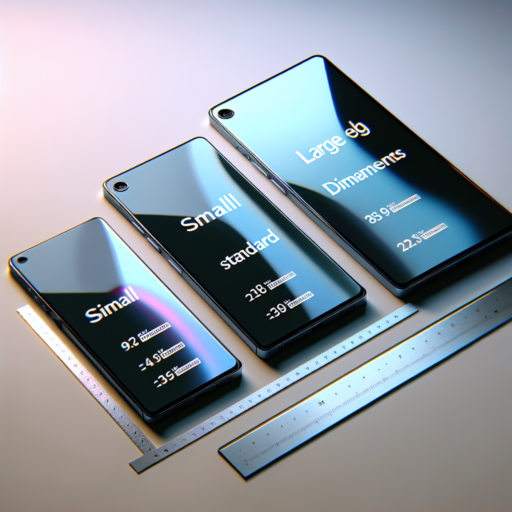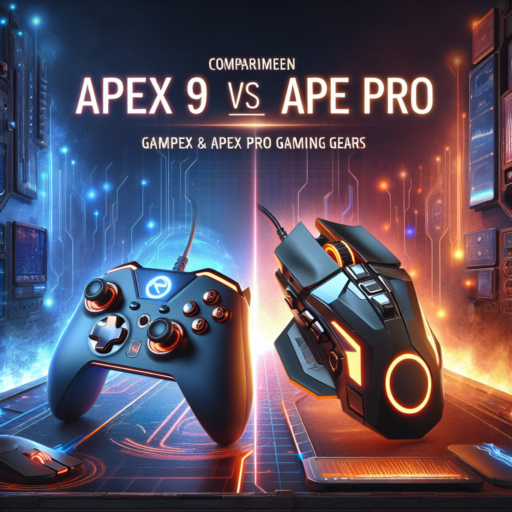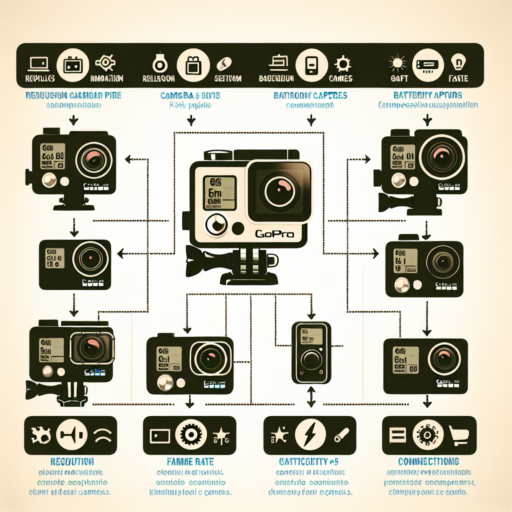What are the different sizes of phones?
Understanding the various sizes of phones available can help consumers select a device that not only meets their functional needs but also offers comfort and ease of use. The evolution of smartphones has introduced a wide range of sizes, from compact models that fit snugly in the palm of your hand to larger designs that offer expansive screen real estate for media consumption and productivity.
Starting with the compact category, small phones typically feature screen sizes under 5 inches. These devices prioritize portability and ease of one-handed use. Moving up in size, the medium phones range between 5 to 6.1 inches. These are the most common size, offering a balance between a comfortable grip and sufficient screen space for daily tasks. Lastly, large phones or ‘phablets’ boast screen sizes above 6.1 inches, catering to users who prefer larger displays for gaming, watching videos, and multitasking.
Each size category serves different user preferences and lifestyles. Small phones are ideal for those who value simplicity and pocketability. Medium-sized phones strike the perfect balance for mainstream smartphone users, while large phones are tailored for media enthusiasts and productivity-driven individuals. As the mobile industry continues to innovate, the definition of these categories may evolve, but the importance of choosing the right phone size for your needs remains constant.
Is a 6.7 inch phone too big?
When discussing the size of a 6.7 inch phone, opinions often vary widely. For some users, a phone of this size offers an expansive screen ideal for multimedia consumption, gaming, and productivity tasks. However, for others, the primary concern revolves around manageability and the ease of use with one hand. The concept of «too big» is inherently subjective, influenced by personal preferences, hand size, and how the device is integrated into daily life.
One of the key aspects to consider is ergonomics. A 6.7 inch phone, by modern standards, is typically designed with slim bezels and extended aspect ratios to improve handleability. Manufacturers are aware of the challenges a large device can pose and often integrate software solutions to mitigate these, such as one-handed modes and gesture navigation. Yet, the sheer physical dimensions can still pose challenges for users with smaller hands or those who prefer pocket-friendly devices.
The usage pattern of a consumer plays a crucial role in determining if a 6.7 inch phone is too big. For avid video streamers, gamers, and professionals who utilize their phones for reading or editing documents, the extra screen real estate is a boon. These users are likely to prioritize the benefits of a larger display over the drawbacks of increased size and weight. Conversely, individuals who lean towards traditional phone uses, like calling, texting, and light browsing, may find the added bulk unnecessary or cumbersome.
No se han encontrado productos.
What is the perfect size for a phone?
Identifying the perfect size for a phone requires considering a range of factors, from user interface (UI) design to the average size of consumers’ hands. Smartphones have grown from their initial, compact designs to devices that can rival the size of a small tablet. The evolution in size reflects changes in how we use our phones, shifting them from mere communication devices to multimedia platforms and productivity tools.
In recent years, the debate over phone size has often centered on the balance between screen real estate and the device’s ease of use with one hand. Consumers desiring immersive experiences tend to favor larger screens which are better suited for video streaming, gaming, and productivity applications. Meanwhile, those prioritizing portability and the convenience of single-handed use might find a more compact smartphone to be the perfect size. Currently, phones with screen sizes between 5.5 to 6.5 inches are popular among users, offering a middle ground that accommodates most preferences and hand sizes.
The concept of the perfect phone size also depends heavily on the specific use case and individual priorities. For instance, avid readers and video streamers might prioritize a larger screen for an enhanced viewing experience, while runners or individuals with active lifestyles might prefer smaller, more manageable devices that fit comfortably in a pocket or a small bag. Therefore, when considering the perfect size for a phone, it’s important to reflect on personal needs, lifestyle, and how the device will be used most of the time.
Is a 6.1 inch phone too small?
In today’s rapidly evolving smartphone market, the question of whether a 6.1 inch phone is too small is a topic of considerable debate. With the trend towards larger screens for enhanced viewing and usability, it’s essential to understand how a 6.1 inch display fits into the current landscape. This size is somewhat of a middle ground, offering a balance between compactness and sufficient screen real estate for most tasks.
Consumer preferences have shifted significantly over the past few years, with a noticeable push towards larger phones. However, a 6.1 inch phone strikes a fine balance, catering to those who find larger phones unwieldy or difficult to carry. It’s a size that comfortably fits in the hand and the pocket, making it an excellent choice for users who prioritize ease of use and portability.
When evaluating if a 6.1 inch phone is too small, it’s crucial to consider the type of user experience you’re seeking. For users focused on media consumption, gaming, and using multiple apps side by side, a larger screen might be more suitable. However, for everyday tasks like messaging, browsing, and calling, a 6.1 inch display offers ample space without compromising on comfort and manageability.




